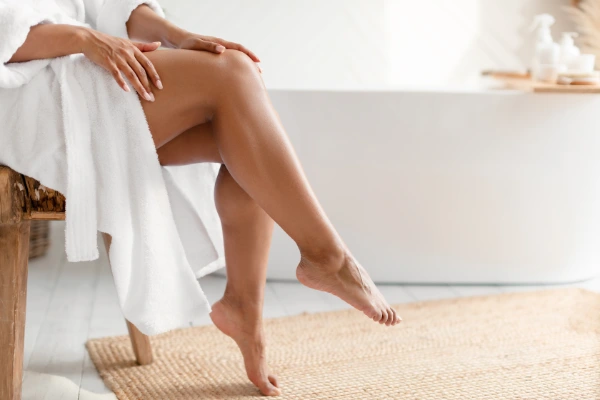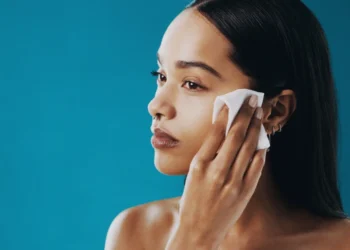In the ever-evolving world of beauty and wellness, an ancient practice has resurfaced with a modern twist: dry brushing. This technique, rooted in Ayurvedic medicine, has been cherished for centuries for its simplicity and multifaceted benefits. Let’s dive into the art of dry brushing, exploring its essence, benefits, potential side effects, and best practices to enhance your skincare routine.
What is Dry Brushing?
At its core, dry brushing is a form of physical exfoliation, an age-old ritual involving the gentle brushing of dry skin with a brush made of coarse, natural-fiber bristles. It’s a process that not only exfoliates but also rejuvenates the skin by enhancing circulation and promoting lymphatic drainage. Starting from the feet and hands, and moving in long sweeping motions towards the heart, dry brushing is more than just skin deep; it’s a meditative practice that connects the physical and spiritual aspects of self-care.
Benefits of Dry Brushing
The allure of dry brushing lies in its array of benefits. Primarily, it serves as an exceptional exfoliator, sloughing away dead skin cells to reveal a smoother, more radiant complexion. Beyond mere aesthetics, it boosts blood circulation and aids in lymphatic drainage, playing a pivotal role in the body’s detoxification process. Many adherents of dry brushing report a significant reduction in cellulite’s appearance, enhanced energy levels, and an invigorating sensation that awakens the senses. The resultant glow and softness of the skin are not just immediate but also accumulate over time with consistent practice.
Side Effects of Dry Brushing
While the benefits of are plentiful, it’s crucial to acknowledge potential side effects. The most common include redness and mild irritation, particularly in those with sensitive skin types. People with skin conditions such as rosacea, psoriasis, or vitiligo should approach dry brushing cautiously or avoid it altogether, as it can exacerbate these conditions. Furthermore, dry brushing should never be performed on broken skin, including cuts, burns, or areas of infection. It’s essential to listen to your body and cease brushing if you experience discomfort or inflammation.
Best Practices for Dry Brushing
To reap the full benefits while minimizing risks, it’s imperative to follow certain best practices. Firstly, choosing the right brush is critical. Opt for a natural stiff-bristled brush, preferably with a long handle to reach all areas of the body comfortably. For those with sensitive skin, a softer brush or even a dry washcloth may be more suitable. When dry brushing, use gentle, sweeping motions and avoid overly sensitive areas or any region with broken skin. It’s also recommended to brush before showering and follow up with a moisturizer to nourish the freshly exfoliated skin.

In conclusion, dry brushing is a holistic approach to skincare that transcends mere surface treatment. It’s a ritual that nurtures not only the skin but also the soul, offering a moment of tranquility in our bustling lives. By incorporating this ancient practice into your daily routine, you can embark on a journey towards healthier, more radiant skin and an invigorated sense of well-being.


